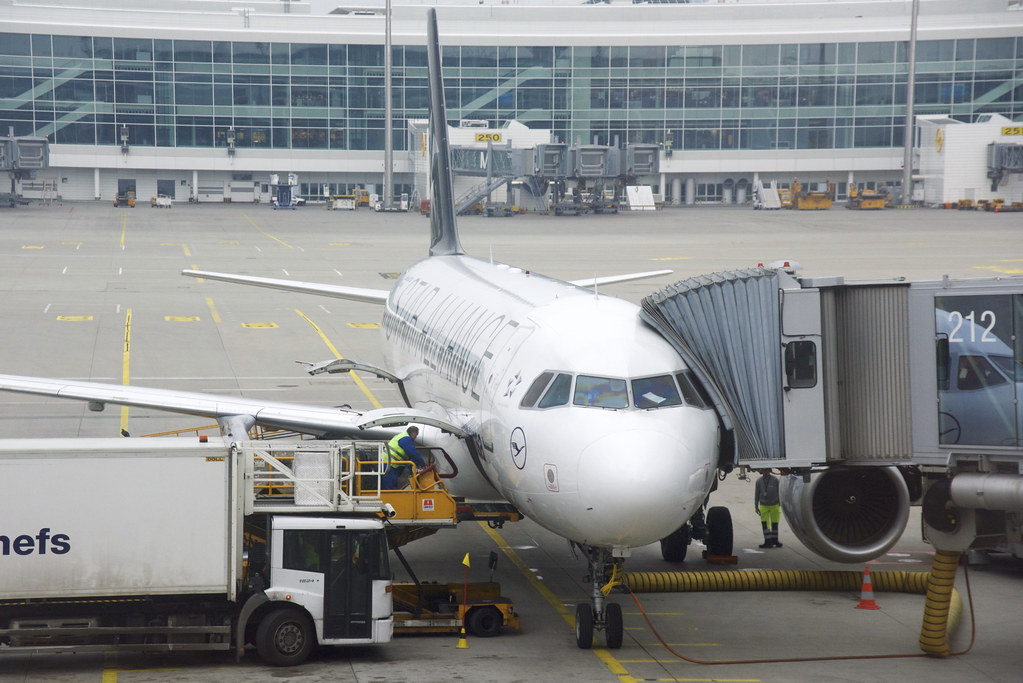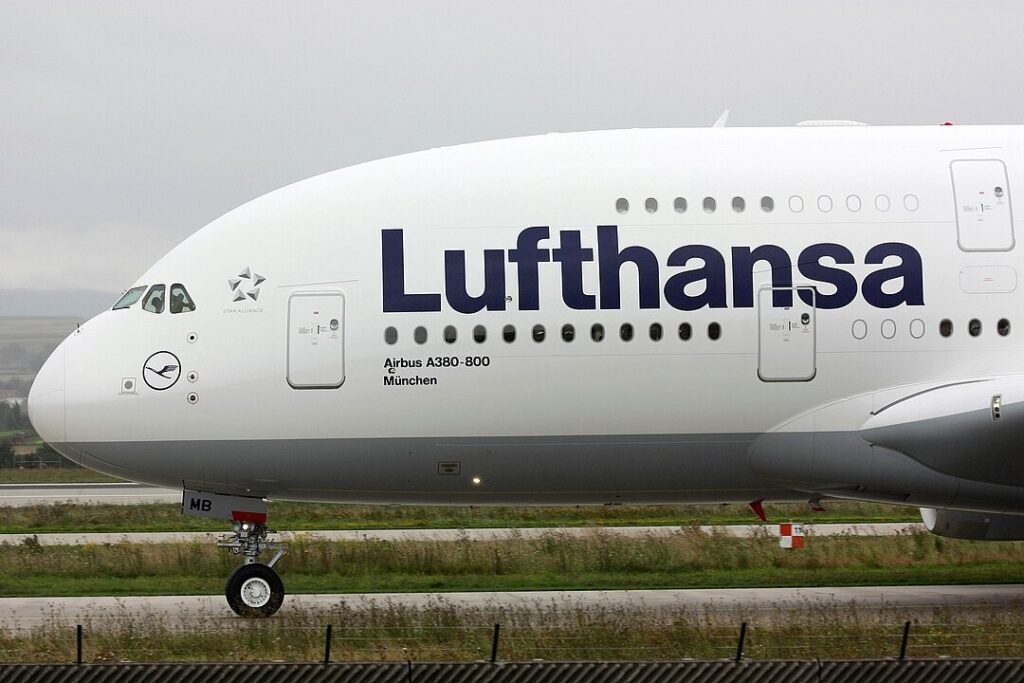
FRANKFURT- A Lufthansa (LH) Airbus A321 incident on February 17, 2024, initially appeared to be a routine medical diversion but has since revealed serious safety implications.
The aircraft, operating flight LH1140 from Frankfurt (FRA) to Seville (SVQ), diverted to Madrid (MAD) after the first officer became incapacitated mid-flight.
 Photo: Lufthansa Airbus A320-211; D-AIPD@MUC;11.04.2019 | My ride t… | Flickr
Photo: Lufthansa Airbus A320-211; D-AIPD@MUC;11.04.2019 | My ride t… | FlickrLufthansa Incapacitated Pilot was Alone
According to the newly released report from Spain’s Civil Aviation Accident and Incident Investigation Commission (CIAIAC), the first officer lost consciousness while alone in the cockpit.
During this period, the pilot unintentionally activated various aircraft controls before the captain reentered using an emergency code, as flagged in The Aviation Herald.
The incident occurred at cruising altitude when the captain stepped out of the flight deck for a brief break.
Prior to this, both pilots had discussed flight conditions, and there were no signs of distress from the first officer. However, shortly after the captain left, the first officer experienced a sudden and severe incapacitation, leaving the cockpit unsupervised.
Despite the absence of conscious control, the autopilot remained engaged, and the aircraft continued on course for roughly 10 minutes. During this period, the incapacitated pilot inadvertently interacted with flight controls.
The situation remained undetected until the captain used an emergency access code to re-enter the cockpit. Just before the delay timer expired, the first officer manually opened the door from inside.
Faced with a potentially critical situation, the captain made the decision to divert the flight to Madrid-Barajas Airport (MAD), where the aircraft landed safely. The Airbus A321 remained grounded for approximately 5.5 hours before continuing to its original destination, Seville (SVQ).
The CIAIAC report revealed no prior medical history or warning signs related to the first officer’s sudden incapacitation. It was described as a symptom of an undetected condition. The investigation highlighted the rare convergence of events—pilot incapacitation occurring precisely when the second pilot was outside the cockpit.
Although the autopilot effectively maintained course, the incident underscores the critical importance of continuous supervision in the flight deck. The first officer’s unintended inputs to flight systems, while not fatal, exposed a significant risk.
The report also described the aircraft’s flight deck entry protocol. A secure keypad allows reentry using a timed emergency access system. In this case, the incapacitated first officer happened to open the door just before the timer expired, allowing the captain to regain control of the situation.
 Photo: By Lasse Fuss – Own work, CC BY-SA 3.0, https://commons.wikimedia.org/w/index.php?curid=18058671
Photo: By Lasse Fuss – Own work, CC BY-SA 3.0, https://commons.wikimedia.org/w/index.php?curid=18058671Reinforcing the Two-Person Cockpit Rule
While pilot medical issues are not uncommon, they rarely coincide with solo cockpit occupancy. The incident has renewed calls to enforce or reinstate two-person cockpit rules, especially on flights without a designated relief crew, OMAAT flagged.
In many countries, including the United States, regulations mandate that two authorized crew members must be present in the cockpit at all times.
This precaution helps mitigate risk from both medical emergencies and intentional acts, such as those seen in the Germanwings 9525 crash in 2015. That tragedy, along with others like Malaysia Airlines 370 and EgyptAir 990, involved lone pilots in the cockpit and led to widespread policy reevaluation.
Lufthansa has not disclosed whether procedural changes will follow this incident. Still, aviation safety advocates argue that the event illustrates the necessity of immediate redundancy in the cockpit, both from a mental health and physical safety perspective.
Stay tuned with us. Further, follow us on social media for the latest updates.
Join us on Telegram Group for the Latest Aviation Updates. Subsequently, follow us on Google News
Lufthansa Pilot Incapacitated on Miami to Frankfurt Flight
The post Lufthansa A321 Incapacitated Pilot Was Alone in the Cockpit appeared first on Aviation A2Z.


















